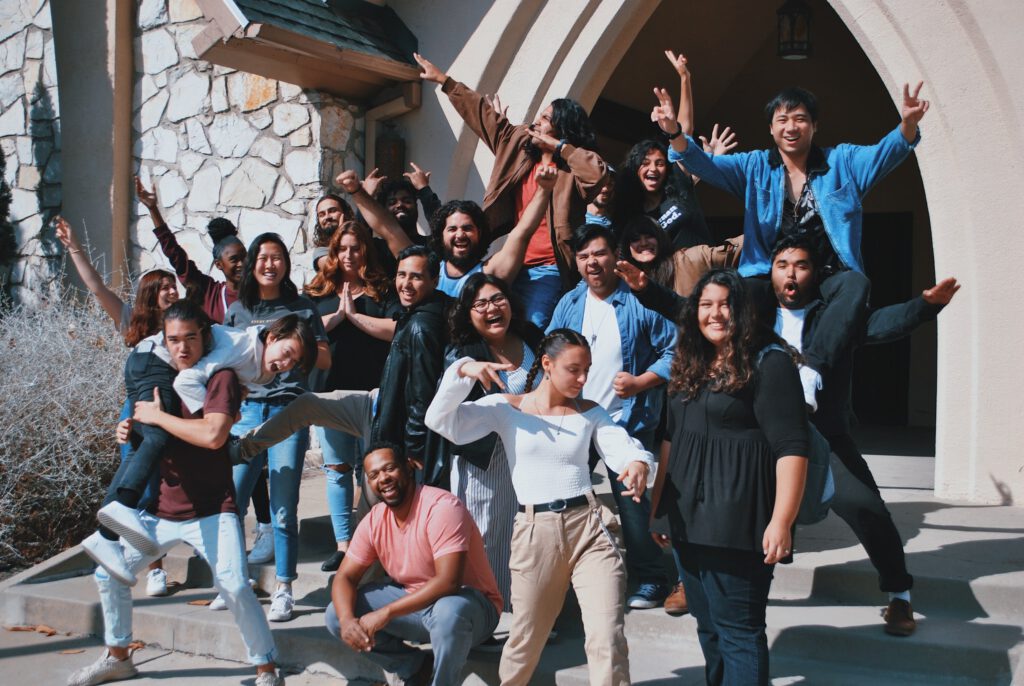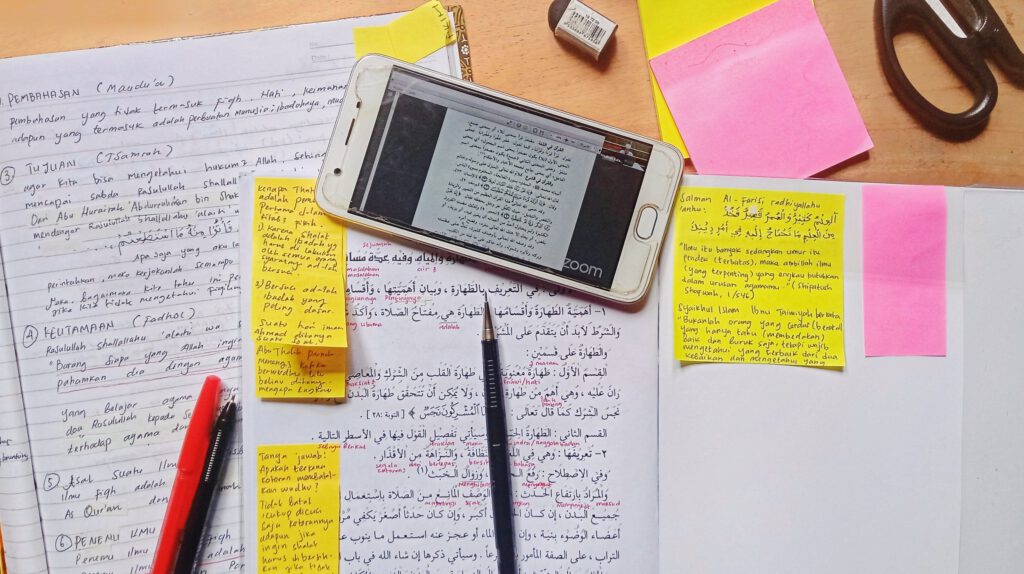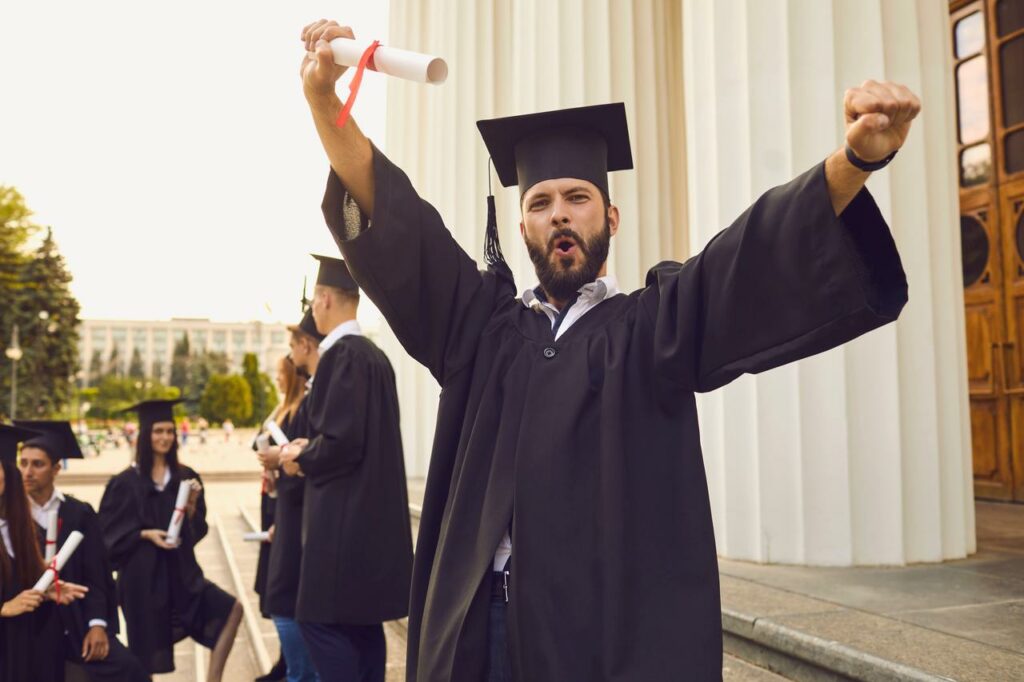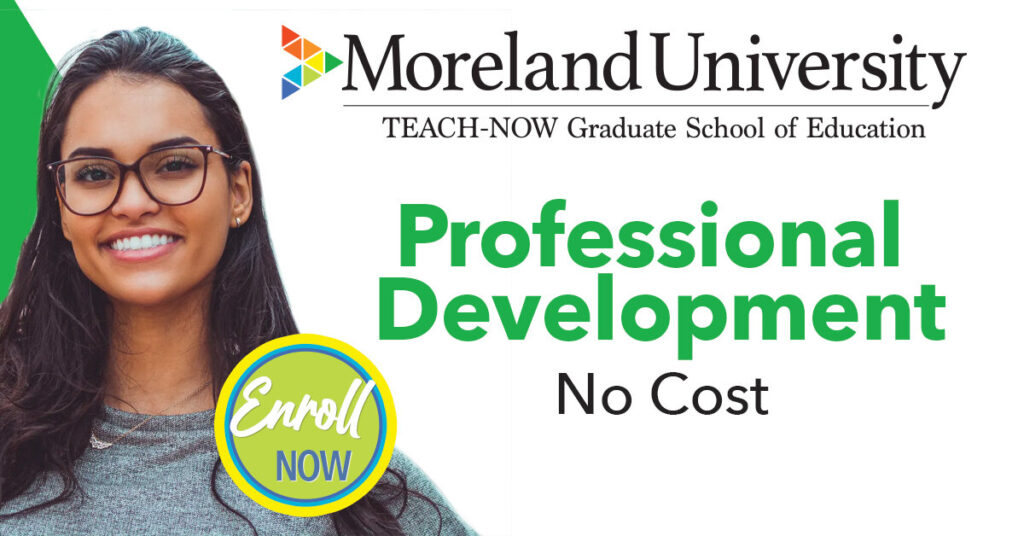Leadership Through Community Engagement
Community engagement is a two-way process to strengthen relationships within the school and in the local and global communities. In order to begin the conversation, leaders and stakeholders must first identify a shared vision for the school community. We must be willing to recognize what resources are available to us and what barriers exist for community engagement. Whether in the United States or abroad, the school is a rich resource for students; however, we must also consider ways to make the school a resource for the community.
Recently, Moreland University hosted a webinar in which panelists discussed community engagement and invited instructors, academic specialists, and an alumnus to share their experiences regarding community engagement. This rich discussion prompted educators to ask probing questions about how to Foster Community Engagement for Student Success. The conversation was driven by three guiding questions:
-
What are examples of school events and/or initiatives in which teachers and school leaders can involve family members, local community, and/or global community to promote student achievement?
-
How can teachers and school leaders leverage community and/or family engagement to help students translate classroom learning into “real-world”skills?
-
What concrete strategies and steps can teachers immediately take to organize events facilitating community and/or family engagement at school?
The answers to these questions were empowering and demonstrated how different schools in the world approach community engagement. Below are some of the ideas and key takeaways that can be implemented in school communities all over the world, today.
What are examples of school events and/or initiatives in which teachers and school leaders can involve family members, local community, and/or global community to promote student achievement?
-
Partner with local businesses in the community: Forming strong relationships with local businesses or non-profit organizations that can offer internships for students is a powerful way to give our students real-life experiences in a variety of industries. Local business owners and representatives can also become involved in school initiatives by becoming guest speakers in the classroom to share their experiences.
-
Host cultural festivals at the school: Diversity and inclusion are at the heart of many schools’ vision and mission statements. A great way to drive this initiative is to celebrate the diversity in the student body, staff, and local community by hosting a cultural event in which food, musical performance, and dress celebrate and honor the diversity reflected in the school and local community. Inviting local vendors and businesses to partake in such a celebration can build or reinforce a strong sense of community within the school and in the community at large.
-
Join local and global community organizations: Several local and global non-profit organizations including United Nations Non-Governmental Organizations (NGOs) offer support for teachers and students. Local community organizations may offer insights into the lived experiences of underrepresented groups within the school community. Global community organizations diversify the cultural connections possible within the classroom. Joining a global community of educators dedicated to the advancement of education can help teachers develop equitable spaces for their students. Check out these nine NGOs advocating for the right to education and consider how they might empower you and your students!
How can teachers and school leaders leverage community and/or family engagement to help students translate classroom learning into “real-world”skills?
-
Promote community service for students: Work with local government institutions to identify areas of need within the community. When students positively contribute to reducing waste, recycling, or painting government buildings they leave a lasting footprint and reinforce the relationship between the school and the community.
-
Interview members of the community and family members: The community starts at home. Students who interview family members about their history, language, and culture can share cultural insights with their school community as they build a strong bridge between families, communities, and schools. Interviewing local community members about their experiences sheds light on ways students might become stronger advocates for, and contributors to, the community. Vice versa, bringing in local members to provide mock job interviews for students helps students sharpen their professional communication skills, providing powerful feedback to students on the implementation of 21st-century skills they develop in the classroom.
What concrete strategies and steps can teachers immediately take to organize events facilitating community and/or family engagement at school?
-
Facilitate conversations in classrooms that address global and local issues: One of the ways that classrooms can make a difference in the community is by implementing project based learning (PBL) activities. Students identify problems faced by local and global communities for which they collaborate to find solutions. Professionals outside of the school who participate in PBL with students share their expertise to offer powerful insights regarding the feasibility of solutions and ways to further extend students’ creativity.
-
Support students through technology: Creating or finding videos that bring the world into the classroom is an empowering tool for students to connect with the global community without leaving the classroom. Multimedia for learning can facilitate cross-cultural conversations through virtual meetings, joining world-wide presentations, and discussing world-wide issues on a global platform. On April 15th, Moreland will offer a no-cost professional development course for educators to deepen understanding of educational technology and create or refine an e-portfolio as a tool to manage their digital footprint and enhance student learning!
Current candidates from Moreland’s Master in Educational Leadership were invited to share their ideas within their cohort regarding ways that the school is a resource to families and communities. These ideas come from candidates in China, Tunisia, and New York City. Here are some key ways to further engage the community as shared by the following educators: Lucie Lecocq Otsing, IBDP Coordinator and French teacher at American Cooperative School in Tunis, in Tunisia; Anthony Permaye Year 10 Coordinator at Zhangqiu Bilingual School in Jinan, China; and Gilbert Ekotto, Middle School Head of the French-American School in New York City.
-
Host spring/fall fairs in which the local community, businesses, and organizations can showcase their products and services.
-
Collaborate with neighboring schools and provide world-language trips in the local community.
-
Design and implement scavenger or treasure hunts with the help of businesses to provide prizes, parents to chaperone, and the local authorities to promote safety.
-
Pair students with community members through mentorship programs and share experiences within the school and local community.
-
Host global competitions in academic areas that can be held virtually, bringing students together from different parts of the world.
-
Connect “Pen Pals” within network schools for international writing groups.
-
Leverage global network schools to create conferences for students to engage in global discussions.
-
Work with external professional learning communities (PLC) where teachers share best practices with educators around the globe.
These initiatives can become powerful tools for building strong relationships between the school and the community. By implementing these strategies in classrooms through partnerships in the community, teachers can become true global leaders who empower students to be agents of change in the world.
Daphne Moriel de Cedeño, Ph.D.
Academic Development Specialist, Moreland University



